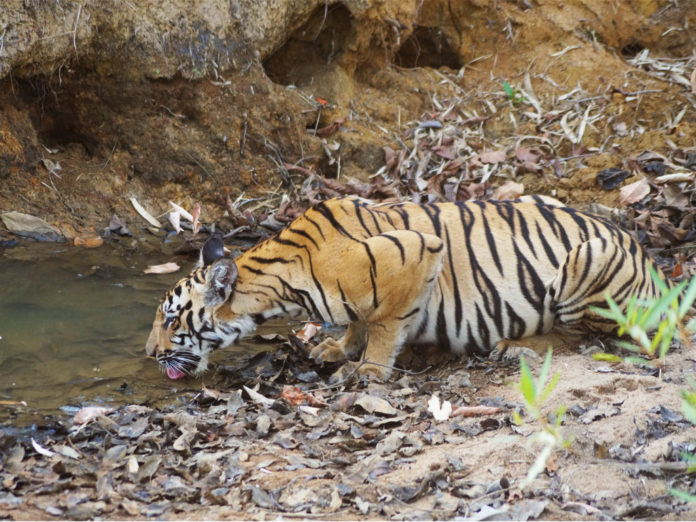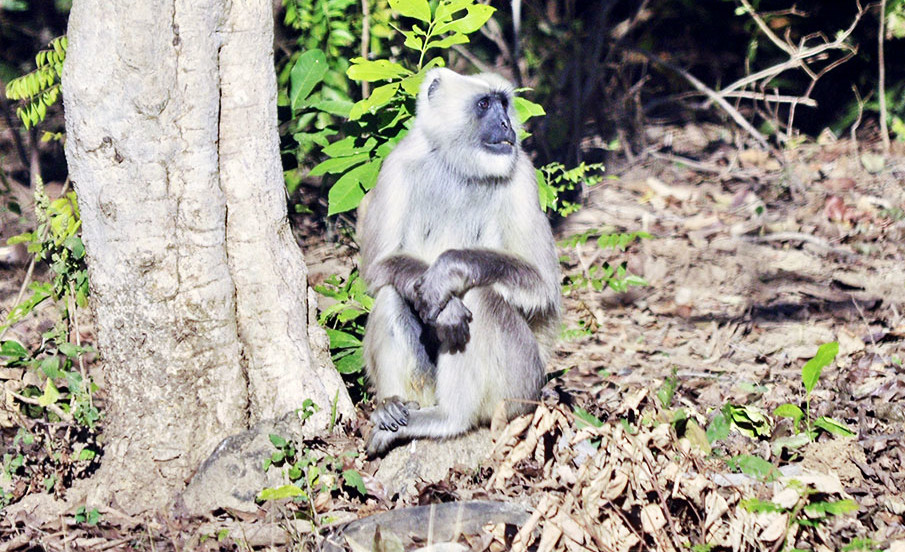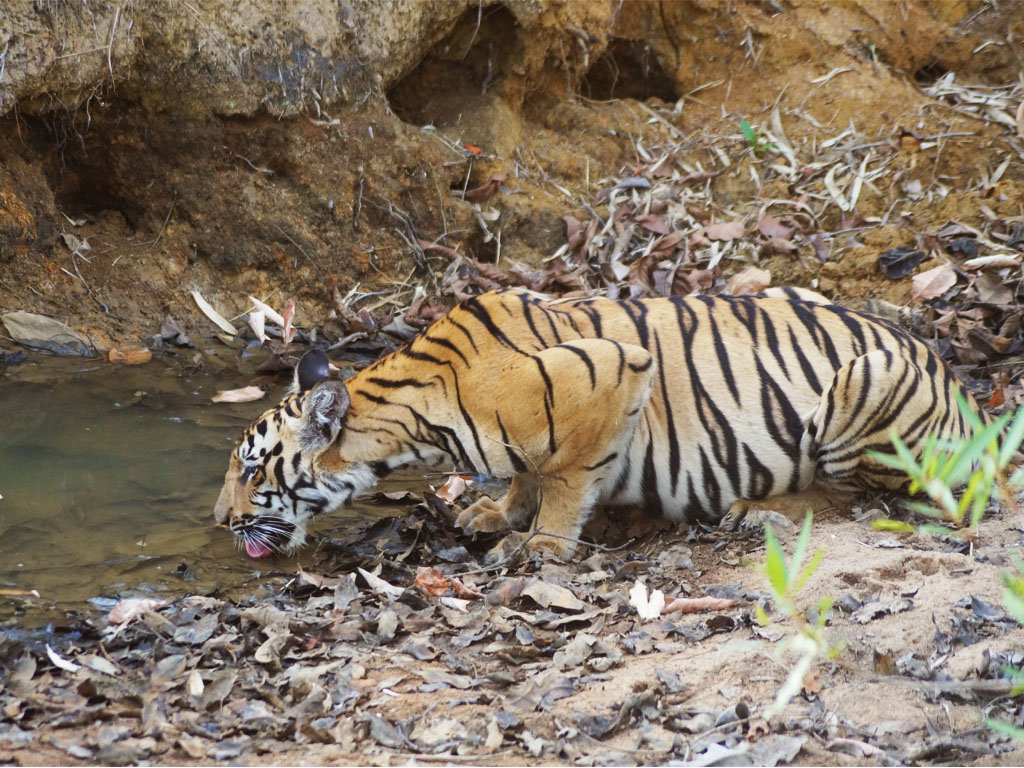The journey of Jaipur Zoo to Nahargarh Zoological Park
The fascination of mankind with animals is as old as civilization. Ever since the first domestications, mankind has always been in awe of animals, especially those that looked or behaved differently. History tells that the oldest civilizations saw collections of animals, probably for the entertainment of the rulers. Stories of combats organized between beast and beast are well known from the Roman Circuses, which also were arenas where the early Christians were thrown before Lions.
Vienna Zoo is the World’s oldest existing zoo and in 1752 was set up as an imperial menagerie. Even before London Zoo was up and running in 1847, a private menagerie was established near Kolkata by the then Governor General of India, Richard Wellesley. In fact, the Alipore Zoo in Kolkata dates back to 1876. It was the same year when Sawai Ram Singh-II, the then ruler of Jaipur established a zoo in the city, nestled inside the Ramniwas Bagh – one of the most extensive parks of those times and included an aviary and Botanical Garden. The Shikarkhana Department was tasked with the management of the collection (and also the management of hunting reserves). Other princely states in Rajasthan – Udaipur, Bikaner, Jodhpur and Kota – also had small zoos. Post independence, all of these establishments vested in the State Government.
Jaipur Zoo, for ages, has been a popular attraction for visitors and residents of the city. Even if a tourist would like to spend time exploring the numerous monuments in the city, a traveller visiting Jaipur from any other part of the state, especially if from a rural area, prefers mixing business with the pleasure of looking at wild animals in the cages of the zoo. Going by numbers, more than 14 lakh people visited Jaipur Zoo last year. The zoo is laid out in 5 hectares and numerous small cages house a modest collection of animals.
All of the old zoos in Rajasthan, have designs that are dated and do not conform to regulations laid out by the Union Government. The matter of establishing modern zoological parks in the state has been under consideration for long and in 2015, two new zoos were inaugurated in Udiapur (Sajjangarh Biological Park) and Jodhpur (Machia Biological Park). Not to be left behind, Jaipur too soon shall boast of its own scientifically laid out Zoological Park, cradled in the Aravali Hills at Nahargarh.
Nahargarh Biological Park has been planned to include a modern zoological park and other nature tourism facilities in a part of Nahargarh Wildlife Sanctuary near Jaipur. The new Zoological Park, laid out over an area of 80 hectares certainly provides its animals with much more space than they ever enjoyed and surroundings that are congruent with their habitats in the wild. With informative signage and visitor friendly facilities, the new Zoological Park should add yet another feather to the city’s recent progress in terms of attractions. The constant irritant of noise pollution and the issue of organizing musical soirees in Ramniwas Bagh should now come to an end. The new Zoo houses a variety of animals and the surrounding forests of Nahargarh too are home to significant biological diversity. All in all, a visit to the new facility should prove both educational and informative.
The role of modern zoos in conservation is undeniable. Alipore Zoo was where the Thamin (Brow Antlered Deer) was bred in captivity and the progeny used to repopulate habitats in Manipur. Similarly, the Red Panda and Snow Leopard Breeding Programmes have seen significant contribution by zoos from across the world. There are many more such examples of successful conservation and repopulation initiatives, which have been shepherded by Zoos in different countries. Similarly, there are certain wild animals, which are extinct in the wild, and the only known specimens are housed in zoos. Thus, the role of zoos in gene pool conservation is immense.
It is important that constant efforts in educating citizens, especially children about environment and its importance to human survival are carried out. Such education should, among other things, aim at motivation and behavior change so as to bring in higher degree of appreciation about animals and their environment. At the same time, modern zoos are supposed to be facilities for conducting research on animals with the focus on conservation. The National Zoological Garden in Delhi at some point of time, was a center for collecting observational data about Tigers and such data went into formulating Project Tiger in the 1970s. In India, unfortunately, State Forest Departments have practically no trained personnel to carry out research in animal behavior and biology. If zoos in India are to contribute to the knowledge economy, it is vital that these establishments double as centers for research.
Urban populations require recreational outlets. A properly laid out Zoological Park or Botanical Garden can not only be a destination for knowledge but also provide wholesome recreation to the entire family. Observation is a great teacher and facilities such as these, have an undeniable role in allowing people connect to nature. Nahargarh Biological Park, if properly laid out, in terms of tracks, signage and habitat types, would along with the Zoological Park be a wonderful destination during holidays and weekends. For long-term survival of the facilities, it is also important that the State Government is conscious of the need to build in revenue streams that lead to financial independence and sustainability. Hopefully, Jaipur shall show the way.















